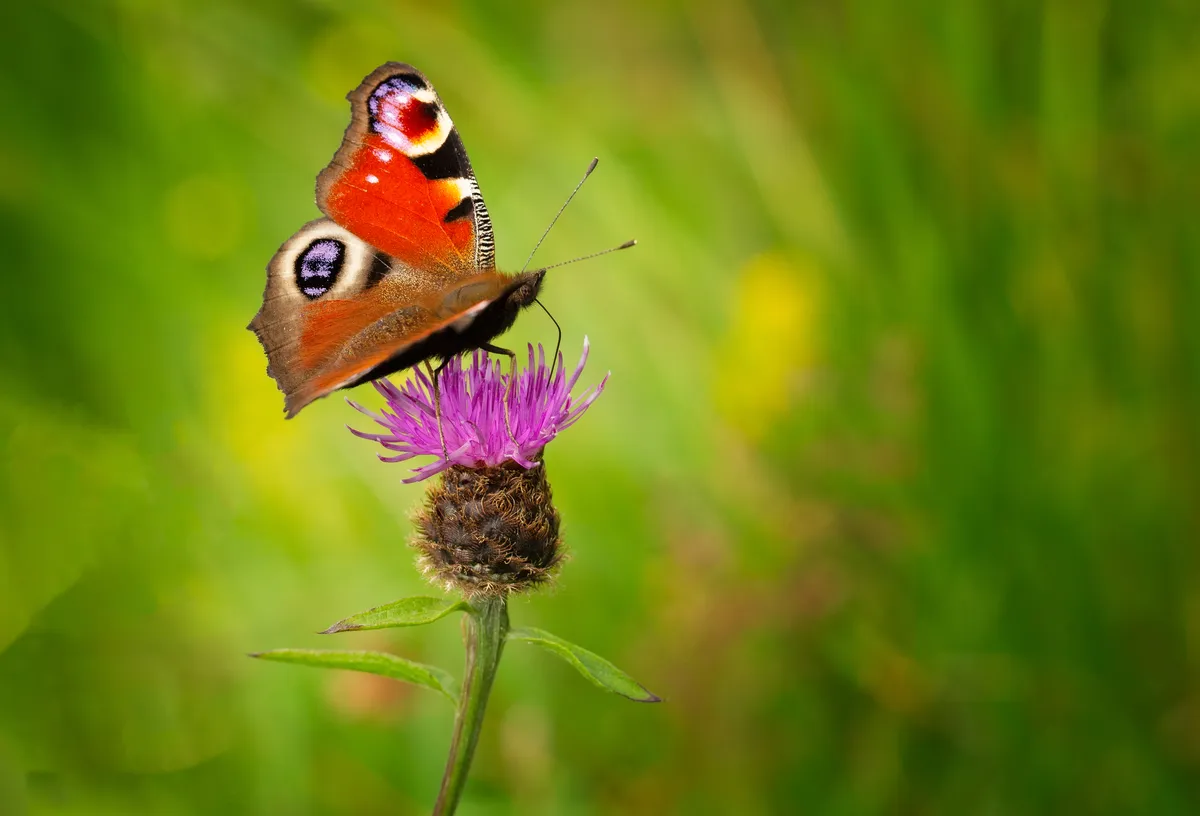The latest Red List assessment revealed a 26% increase in the number of British butterfly species threatened with extinction, meaning the risk of extinction has increased for more species of butterfly than decreased.
Of the 62 butterfly species assessed, half are now on the Red List, with 24 classed as threatened (8 endangered, 16 vulnerable), five near threatened, and four extinct: black-veined white, large tortoiseshell, large copper, and Mazarine blue.
The Red List was put together by Butterfly Conservation scientists using data gathered by volunteers, and assesses all native butterfly species with long-term, regular breeding populations in Great Britain between 1800–2019.
Big Butterfly Count 2023: how to take part
The Big Butterfly Count is the world’s largest butterfly survey, undertaken by wildlife lovers across the UK. It lasts for just over two weeks from the end of July to the first week of August, and involves picking a spot and spending 15 minutes counting the butterflies and moths you can see. Find out how you can take part.

“Shockingly, half of Britain’s remaining butterfly species are listed as threatened or near threatened on the new Red List,” says Head of Science for Butterfly Conservation, Dr Richard Fox.
“Even prior to this new assessment, British butterflies were among the most threatened in Europe, and now the number of threatened species in Britain has increased by five, an increase of more than one-quarter. While some species have become less threatened, and a few have even dropped off the Red List, the overall increase clearly demonstrates that the deterioration of the status of British butterflies continues apace.”
The main driver of this decline is land-use change, but climate change is also having a big impact, with all four British butterflies with northerly distributions, adapted to cooler or damper conditions, now listed as threatened (large heath, Scotch argus, northern brown argus) or near threatened (mountain ringlet).
You may also be interested in:
There is some good news, though. Some species have experienced an improvement in status thanks to concentrated conservation efforts.
“Where we are able to target conservation work, we have managed to bring species back from the brink," says Dr Richard Fox. “But with the extinction risk increasing for more species than are decreasing, more must be done to protect our butterflies from the effects of changing land management and climate change. Without action it is likely that species will be lost from Britain’s landscapes for good, but Butterfly Conservation is taking bold steps to improve key landscapes for butterflies and reduce the extinction risk of many threatened species.”

The large blue, which became extinct in Great Britain in 1979, has moved from critically endangered to near threatened, thanks to an intensive reintroduction programme. The high brown fritillary, also formerly listed as critically endangered, has moved to endangered, and the Duke of Burgundy and pearl-bordered fritillary have both moved from endangered to vulnerable.
The Red List of British butterflies is put together by Butterfly Conservation with input and funding from Natural England. Read the full Red List report.

